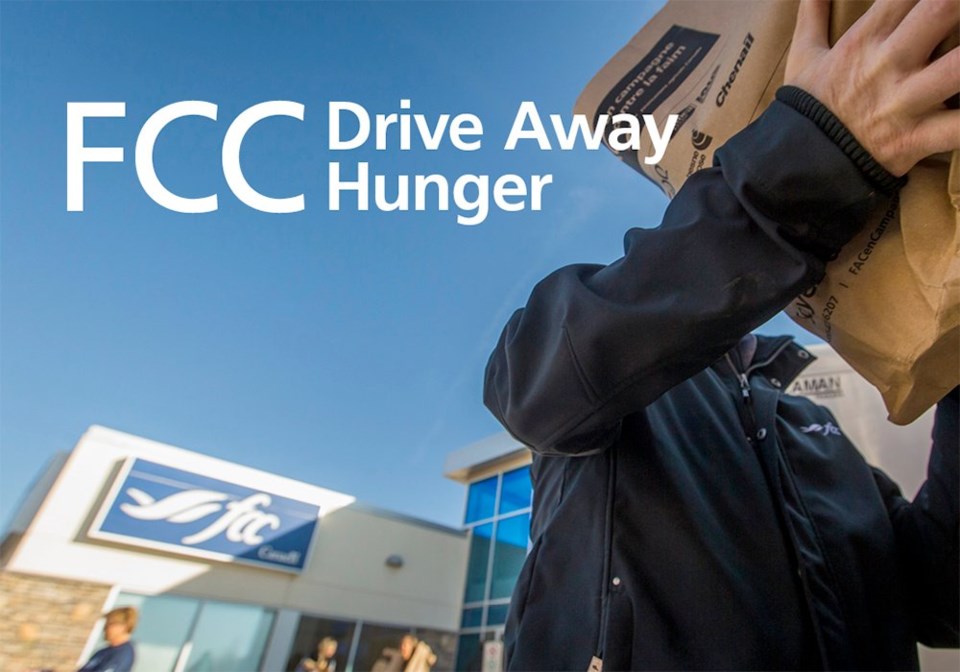Last year, the project raised 17 million meals. This year, FCC is aiming for 20 million.
For the past 18 years, FCC has donated 85 million meals to food banks in need.
“There are a lot of people struggling,” said Carla Warnyca, FCC’s manager of community investment. “And the industry is in a really good position to help. And FCC in particular, we have this national role that we can play this role of catalytic connector to bring everyone together to do that.”
Last year because of the pandemic, FCC changed Drive Away Hunger from its traditional method of driving a tractor and trailer through communities to collect donations. It changed the focus of the program away from communities toward agriculture.
“We’ve decided to replace the effort and time put into those tours with instead, engaging even more partners in the value chain,” Warnyca said. “So in all parts of Canada’s food value chain from basically right from producers to processors and distributors because the industry really is in a great position to positively impact food security in Canada.”
Despite COVID-19 affecting how they usually run the program, Warnyca said they actually did the best in 2020 out of any other year, totalling around 17 million meals.
Food Banks Canada has worked with FCC on Drive Away Hunger since the beginning in 2004 and ensures the food from Drive Away Hunger is distributed to food banks across the country.
Tania Little, the chief development and partnerships officer with Food Banks Canada, said Drive Away Hunger highlights the passion of the agriculture industry.
“Farmers are some of the greatest and most caring advocates for their neighbours,” Little said.
Alongside the food being donated to food banks, FCC is donating meals to schools, an initiative it has been doing for several years. Last year, FCC provided 200,000 schools with meals.
“What we’re doing is focusing 100,000 of that towards indigenous schools as well. So basically 100,000 will go to schools that either are located on a reserve or serve certain significant indigenous populations,” Warnyca said.




